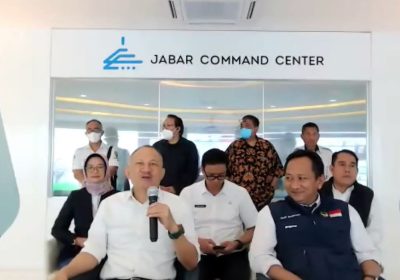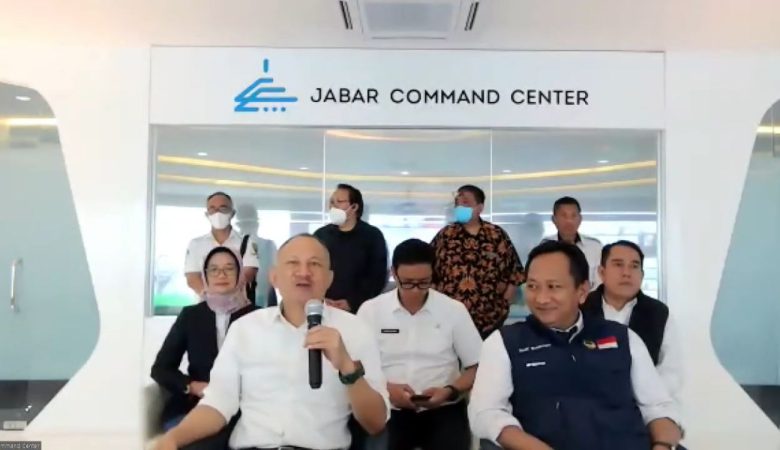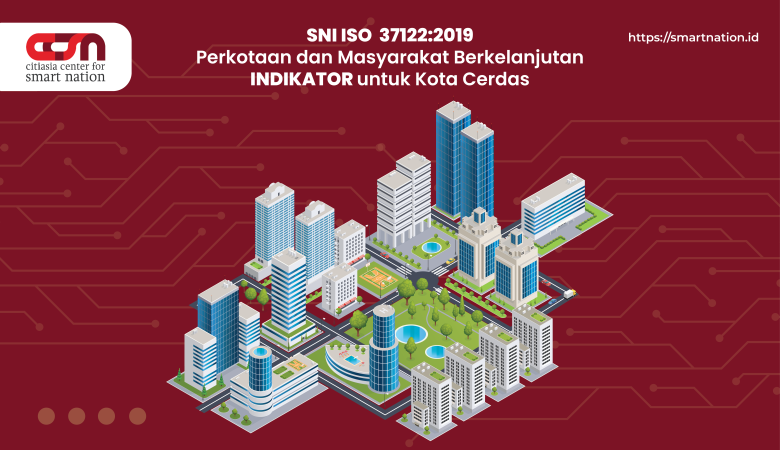
Not only being active in promoting but they also are having consistent efforts in providing information and increasing interaction through social media. During this pandemic, they are more active in the digital world so that we can reach consumers more, because consumers now also play more digitally, so they also follow developments and the world of consumers.
Smart mobility has become an increasingly present theme in sustainability agendas in response to the impacts of transportation systems in cities. The concept of smart mobility has evolved mainly from the convergence of the digital revolution with the transport industry. Thus, new technologies have been used to increase transport network efficiency, notably those related to information and communication technology. In the literature, the concept of smart mobility, which has also been addressed as intrinsically associated with smart cities, is considered an essential driver for increasing the intelligence of cities.
There has been an increase in the use of” smart city” terminology in academia; however, there is no consensus regarding the definition of the smart city concept. We agree with Guedes et al., who states that ”a more current and comprehensive way of understanding a smart city from the integration of existing knowledge and experiences is that of an innovative city, which combines aspects of intelligence and sustainability through governance that integrates stakeholder interactions and uses the technology.”
The ”smart city” concept has great potential to address several adverse effects of rapid urbanization because it is linked to the implementation of several beneficial changes in the functioning of city dynamics. The availability of information and communication technologies (ICTs) and digital technologies has contributed to the dissemination of improvements linked to the concept of the ”smart city”. Government agencies have begun to invest in information technology systems, such as applications for individual use, cameras in monitoring systems and sensors, aiming at positive changes in citizens` daily lives. In this context, the use of ICTs in the field of urban mobility has played a prominent role in promoting more sustainable and efficient transport, as, for example, in the case of technologies that allow the use of interconnected services, such as car-sharing, bike-sharing, ride-sharing, buses and trains, in real-time, promoting multimodality.
The use of these technologies in combination with the need for more flexible mobility and low CO2 emissions has resulted in the dissemination of these new initiatives in the field of mobility, thus making such mobility more intelligent. The new technologies used for urban mobility are usually aimed at improving sustainability, which is a factor of great relevance for smart cities. Protection of the environment is an essential aspect in the formulation of public policies, which in urban mobility manifests as a transition to a low carbon circular economy and reductions in emissions.
Actions to improve urban mobility must be aligned with concepts related to sustainability. In this sense, active participation by the state and civil society is necessary to change or improve the transport network, generating positive impacts for all involved.

Mitsubishi Corporation (MC) has been in discussions with Kamakura City on developing the city center of Kamakura and its surrounding areas into a smart city. Mitsubishi Corporation (MC) has been in discussions with Kamakura City on developing the city center of Kamakura and its surrounding areas into a smart city. Recently, our partnership, in collaboration with four other stakeholders, has launched a pilot project at Shonan Health Innovation Park (Shonan iPark) that combines autonomous driving technology and healthcare services. In addition to Shonan iPark, the partners of this project are Tokushukai Shonan Kamakura General Hospital (Kamakura General), Macnica, Inc., and Mitsubishi Electric Corporation.

One of the keys to this plan is to make local medical services more convenient and accessible. Recently, MC has been working with five parties to monitor approximately 1,000 residents in Kamakura and Fujisawa and enhance various medical services in these cities with self-driving cars. Pilot projects could include vehicles traveling to and from a medical facility performing tests, checking patient vital signs, and using digital technology to obtain a medical history. If the pilot project is successful and the program can be permanently deployed, it can improve access to patients` homes and community medical facilities, which can provide smoother treatment and reduce patient waiting times. You need to do so.
Financial support for this pilot project comes from a program that supports companies engaged in publicly funded testing of robot technology in Kanagawa Prefecture, as well as funding from Kamakura and Fujisawa. MC has been nominated by Kamakura City as a private partner in its “Super City Concept.” We plan on making full use of our global business network, boosting the area`s value through collaborations with its local enterprises, and examining ways to introduce a variety of municipal services that are both safe and dedicated to improving the quality of life.
In this new age of digital transformation, MC has been leveraging advanced technologies to introduce a wealth of urban services both in Japan and around the world. We have also been combining those efforts with energy transformation initiatives aimed at lowering or even eliminating carbon emissions. To create a decentralized and carbon-neutral society, we continue to be committed to developing smart cities that represent the next generation of urban governance, and we are pleased to do our part to make Kamakura and its surroundings more convenient and environmentally friendly.
For policymakers, results show the importance of public action to increase system intelligence. From a prime driver’s point of view, we are policymakers in an environment where policies and rules reflect the sustainability and capabilities of the sector and integrate new technologies that enable new solutions that enhance the capabilities of systems that meet requirements Expectations and stakeholder needs. In this context, the result is also accessibility and walkability guidelines.
It is also important to focus on improving the sector. New investments are needed to attract investors to increase the intelligence of their systems. Administrators need to participate in the management and operation of the system Information and knowledge are needed to improve decision-making by policymakers and investors. The process is because the path to smarter mobility depends on diagnosing the current situation. Priority too the driver is the manager of the city’s mobility planning, maintenance, Security, accessibility, and ease of walking.
Author: Diva Maharani | Illustrator: Akbar Nugroho









Leave a Reply